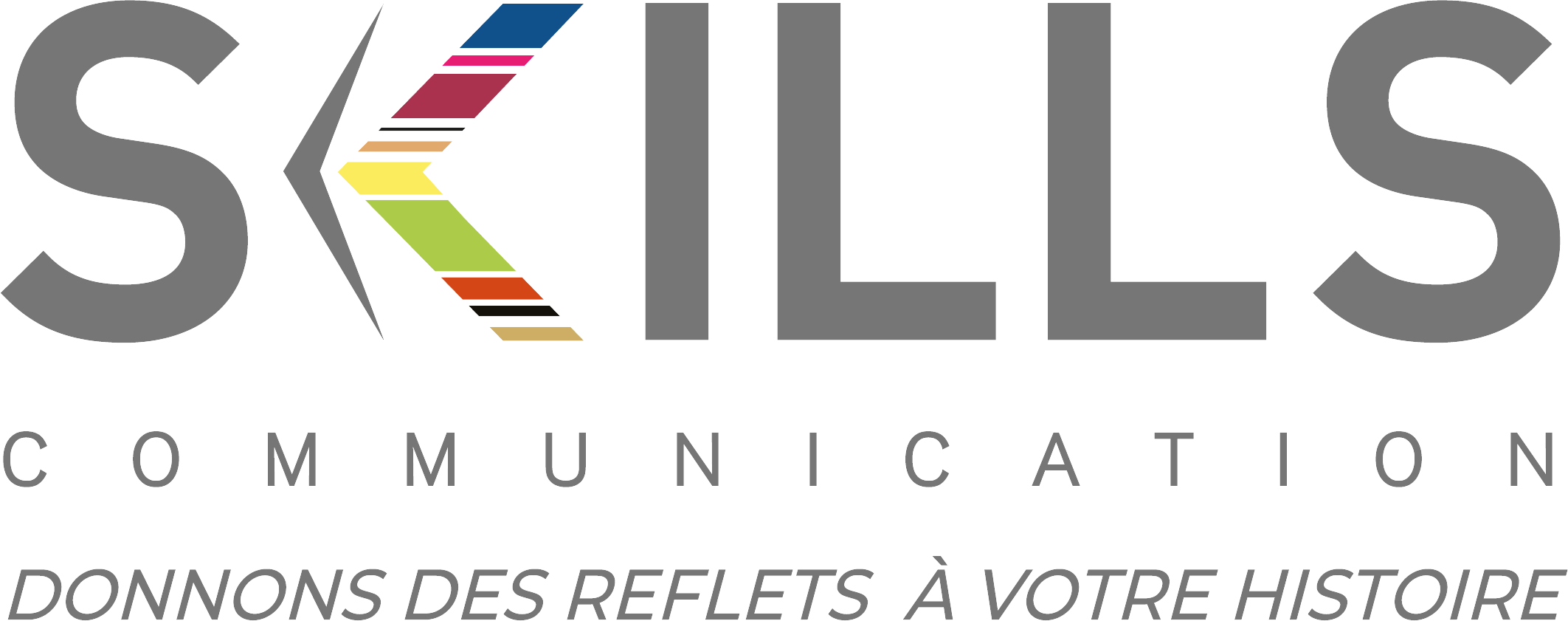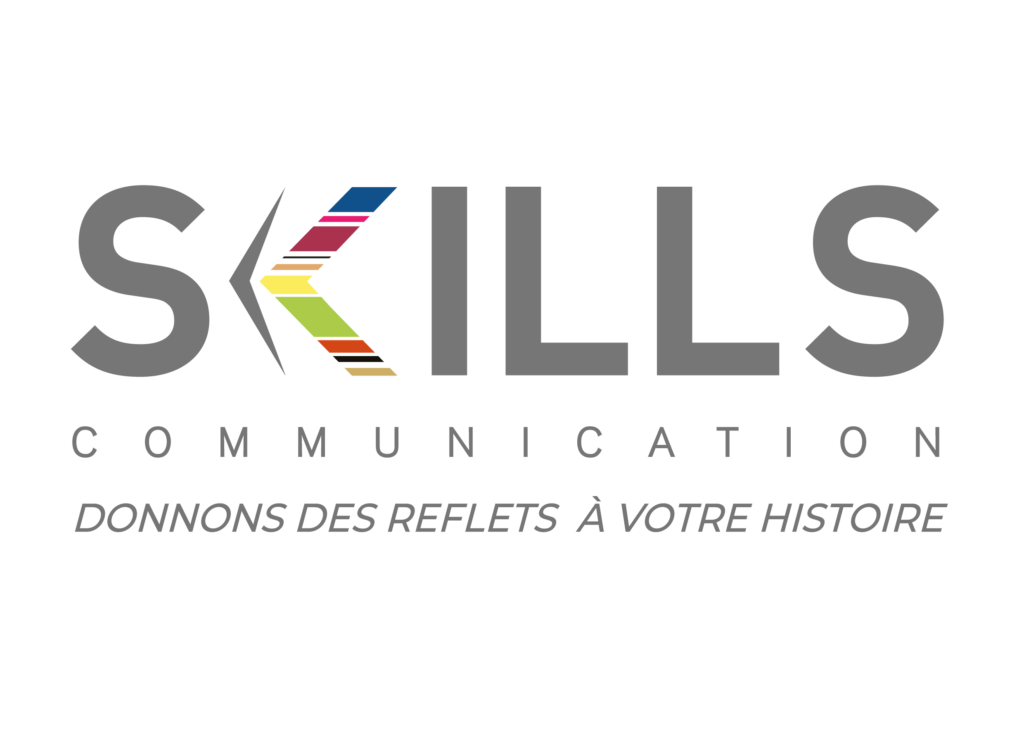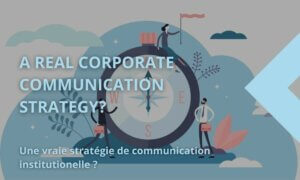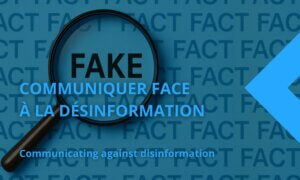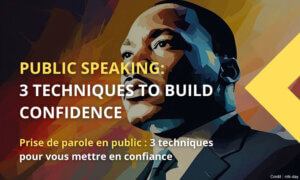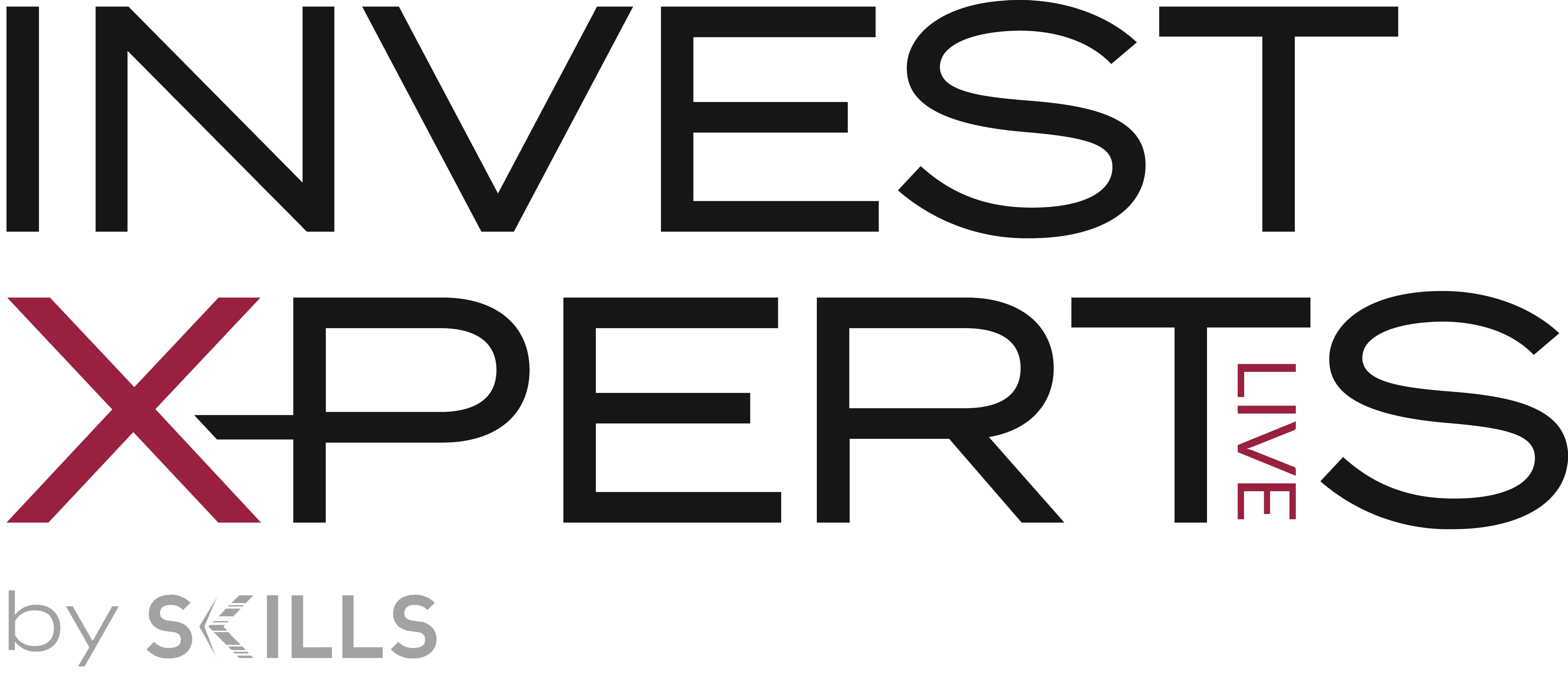In our information age where media visibility can make or ruin a reputation, how can you stand out? How can you attract journalists’ attention to your story? In this article, we present our experience-based insights to optimize your press relations and increase your visibility in the media.
What do we mean by press relations?
Press relations, or PR, is the art of communicating with the media to disseminate information about an organization, a brand, or an individual. A press relation officer plays a crucial role in this process of building and protecting the awareness, recognition, and reputation of a company or a team. Effective press relations begin with the creation of mutually beneficial relationships between the press and the spokesperson.
The fundamentals of a successful PR strategy
Cultivate genuine relationships
In the world of press relations, the word “relations” is not there by chance. We cannot simply circulate promotional press releases in mass and hope for media coverage. We must invest time and share knowledge to forge authentic ties with journalists. This involves considering their interest and level of understanding of your subjects.
Let’s take the example of Warren Buffett, the legendary investor of Berkshire Hathaway. He has always cultivated strong relationships with the financial press, which has earned him consistent and favorable media coverage over the decades. But this was made possible by the time spent explaining his vision of the sectors in which he invested.
Quality rather than quantity
It’s tempting to try and reach as many journalists as possible by sending press information very widely, but this tends to be a mistake. We recommend instead targeting a limited number of relevant journalists for your sector, or even for the specific news you wish to disseminate. Consider each journalist’s specialty and proximity to your subjects, show them that you know them. Also, be selective: the relationship with the press deserves time and attention. You can’t be close with too many journalists.
Think about how Steve Jobs managed Apple’s press relations. He granted exclusive interviews to a select few journalists, thus creating a sense of exclusivity that enhanced media interest. And he always shared with them his vision of the world and its transformations.
Plan with an editorial calendar
A well-designed editorial calendar is the backbone of an effective press relations strategy. It leads you to make editorial positioning choices and to be less dependent on your current events when talking to the press. It marks out your media footprint and allows you to:
- Test media appetite for your different areas of expertise
- Progressively develop your key messages
- Ensure regular media outreach that creates media attention
Embody your speaking engagements
Journalists appreciate having an identified contact for each subject, someone who is available and expert. Therefore, designate passionate spokespersons for each key theme representing your company. If necessary, use media training to strengthen the eloquence of your speakers.
Remember how Elon Musk became the face of Tesla and SpaceX. His experience and personality greatly contributed to the media visibility of his companies. However, such a strong personality is not necessary to attract media attention. An engaged and convinced figure will suffice.
Assert your personality
In an ocean of experts, how do you stand out? By asserting your unique personality. Your approach, your style, must be recognizable and consistent. Beyond choosing your editorial territory, you will thus choose the tone, the standpoints, the perspective that you want to embody in the media market. The question for the media is not whether you are right or wrong but to hear a constructed opinion that raises interest.
Richard Branson is an excellent example. His relaxed style and publicized stunts have made him and Virgin unavoidable media figure. Again, the example is extreme, but it shows the choice of a media personality. Choose yours!
Be responsive and available
The media world always operates in the rush. They decide on a subject according to current events or opportunity. Being responsive to journalists’ requests can make all the difference. Quickly answering their questions will be a quality that will soon be recognized and will generate their spontaneous calls.
We all remember how Tony Hayward, former CEO of BP, poorly managed communication during the Deepwater Horizon oil spill in 2010. His lack of responsiveness and availability considerably damaged the company’s image. It is certainly even more delicate to make oneself available for journalists’ questions that we anticipate to be critical.
Facilitate journalists’ work
Journalists are overwhelmed with information, emails, and workload to deliver their papers on time. To capture their attention, you need to do the work for them by thinking about constructing your information as they might want to construct their article. Structure your messages as follows:
- The news: What is new or futuristic in your information? How does it fit into a notable market trend?
- The interpretation: What is your vision? How do you foresee the consequences?
- The illustrations: figures, practical cases, concrete examples. They allow precise visualization of your ideas.
Think local
Information has more impact when it is close to the reader. This can be a geographical notion or a matter of lifestyle proximity. Don’t hesitate to work on localizing information by adapting your messages to the local readers’ context:
- What is the impact of your news on the region? or on the lifestyle of the target population?
- How do you compare to the local market practice?
- What are the influences that this local practice has on your activity?
Create media rendez-vous
The media love regular and reliable content. Providing them with digestible and regular information that is easy to reprint is an effective way to develop your press relations. To create anticipated rendez-vous, you could, for example propose:
- Market barometers
- Prospective studies
- Research papers
- Rankings of market players (awards, league tables, opinions…)
A barometer of real estate purchase intention conducted among a sample of distributors or financiers for a real estate investment player would be a good way to be contacted about market prospects. A confidence barometer by asset class for a retail asset manager or a mobility barometer for an automobile manufacturer are other examples.
Effectively measure Press Relations KPIs
How do you know if your efforts are bearing fruit? It is essential to have set criteria for measuring progress upstream of any press relations strategy. If the quantity of mentions of the company name is a criterion, the strategy will not be the same as if the priority is in building relationships with a few key media. Here are some examples of PR KPIs (key performance indicators):
- Number of media mentions (with company name, or with expert quotes)
- Tone of published articles
- Advertising equivalent (measures the size of the article and compares it to the price of an advertisement of equivalent size)
- Engagement rate on social networks thanks to the redistribution of this article. This is valid if your network truly represents your target audience.
These indicators are like the pulse of your PR strategy, allowing you to adjust it in real-time.
Pitfalls to avoid in your press relations
Don’t confuse PR and marketing
Press relations are not a direct promotion tool. Journalists are not there to advertise for you. Prioritize sharing expertise rather than product promotion.
Go beyond simple news dissemination
Appointments and new products have their place, but it’s not enough. Journalists are looking for spokespersons who engage and share a vision of the market.
Maintain international consistency
In a globalized world, international communication is paramount. Message consistency between countries is crucial. Coordinate your speaking engagements on a global or regional scale according to your business ambitions.
The Diesel Gate affair of Volkswagen is a striking example of the damage that inconsistent communication between countries can cause. These inconsistencies generated negative media interpretations.
Preserve the uniqueness of the company’s voice
Despite the diversity of spokespersons, the unique personality of the company must shine through in all speaking engagements. Choosing a brand territory and a semantic field is essential.
Avoid multiplying PR teams
The temptation is great to multiply PR teams by country. But their coordination is always complex, which can lead to cacophony. It is also important to ensure that each local team masters the personality arguments of the company. We therefore recommend favoring central coordination of content and spokesperson resources.
An exchange exercise over time
Press relations is a subtle art that requires patience, strategy, and authenticity. By following these tips, you can build a solid and lasting media presence. Remember that each interaction with a journalist is an opportunity to strengthen your credibility and visibility.
By giving your time, bringing your knowledge, and trying to convince with your own personality and that of your company, you will weave lasting ties with your priority press, , which is an essential pillar of a solid communication strategy.
